
Just A Car Guy Hand signals that may or may not be in your learners manual
All drivers must know and understand the hand signals that are used to communicate different actions like changing lanes or stopping. You may also be require.
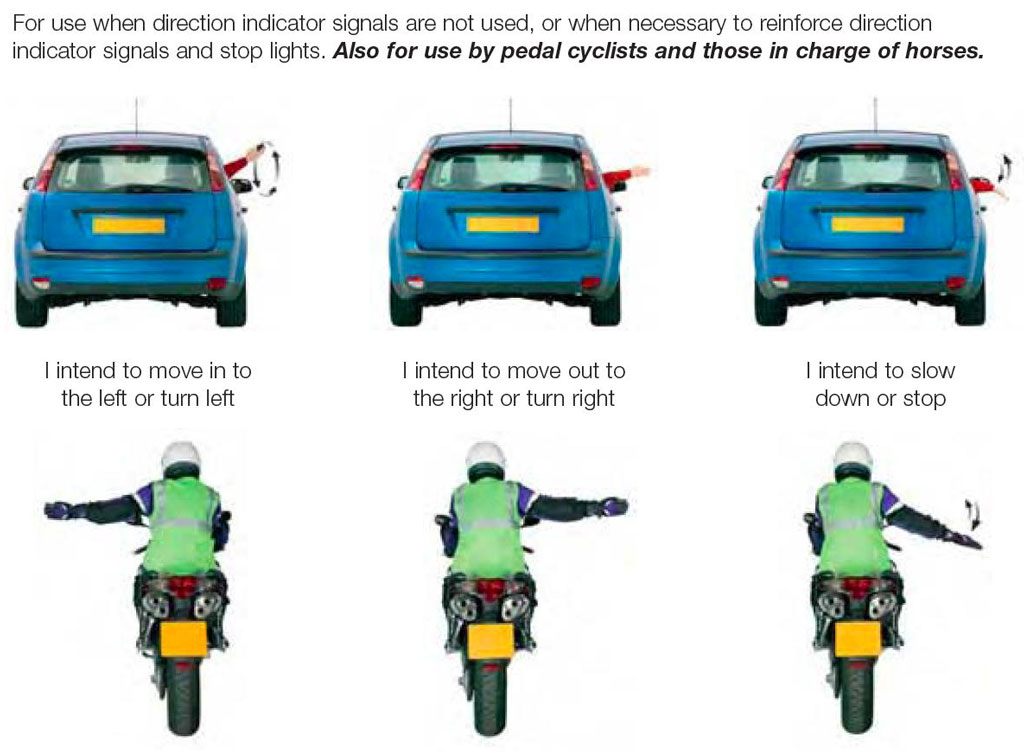
Direction signals When to indicate and use horn, headlights & arm signals
Hand Signals for Driving. Slowing/Stopping: Arm Out, Hand Down. Left Turn: Arm Out, Hand Out. Right Turn: Arm Out, Hand Up. If all else fails, an arm out the window can keep you safe if you know.
%2BWest%2BBengal.jpg)
5 manual hand signals for driving test at RTO(Kolkata) West Bengal
3 basic hand signals: Stop hand signal: extend your arm downwards with your palm facing backward. Left turn hand signal: hold your arm straight out of the window. Right turn hand signal: extend your arm upwards at a 90° angle. Knowing these gestures is essential to keeping yourself and others safe. According to the NHTSA, warning other drivers.
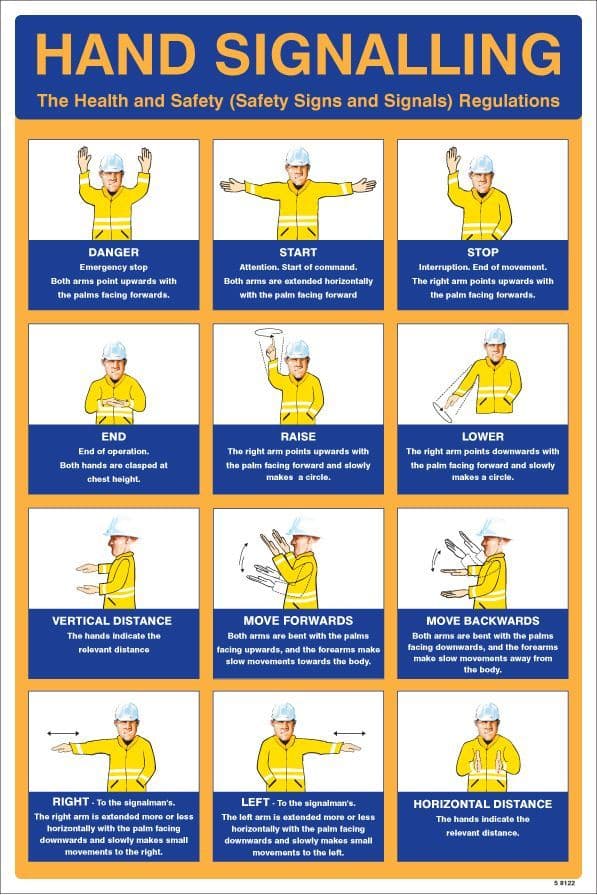
58122 Hand signalling regulations poster 400x600mm Safety Sign
Right Turn. When turning right or changing lanes from left to right, make a right-hand turn signal by: Extending your left arm out of the driver's side window. Bend the elbow at a 90-degree angle so that the hand is pointing up and your palm is facing forward. Try to make your arm as visible as possible to those around you.
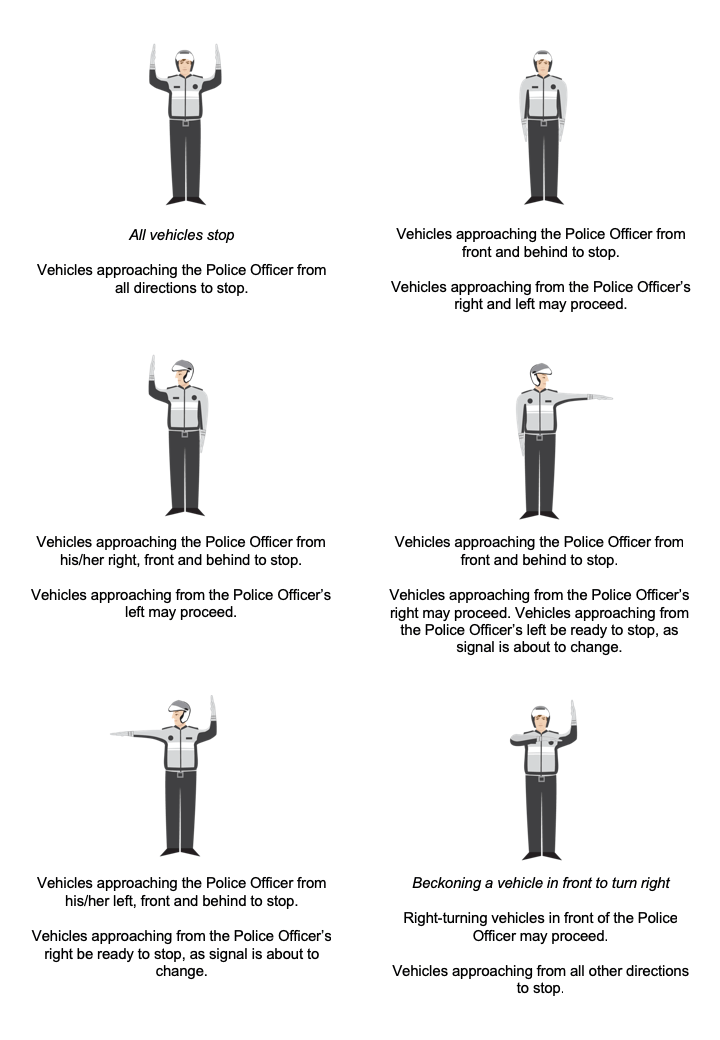
Code zero meaning police kesildental
Tip #4: Don't use hand signals at night. You cannot rely on hand signals at night while driving a vehicle. Visibility at night is already extremely low, which accounts for 50% of all traffic deaths. So if your blinkers or brake lights aren't working, do everything you can to avoid driving at night until they've been repaired.
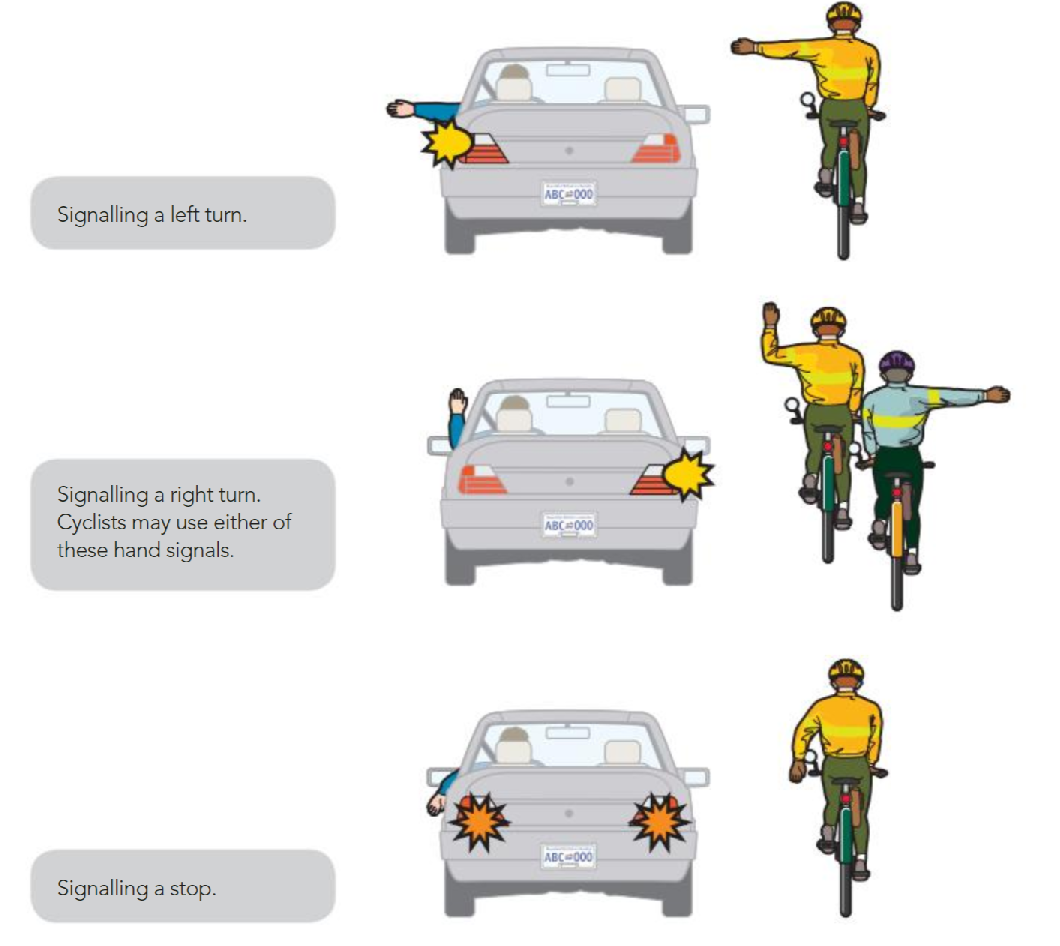
How to make hand signals for driving SenSen Driving School Drive
There are three driving hand signals that you must know for most driver's license written tests and road tests, so before you pull up to the DMV be sure to memorize all three of these arm signals. For each of the driver's hand signals, the left arm of the driver is doing the signaling and is extended out of the driver's window..
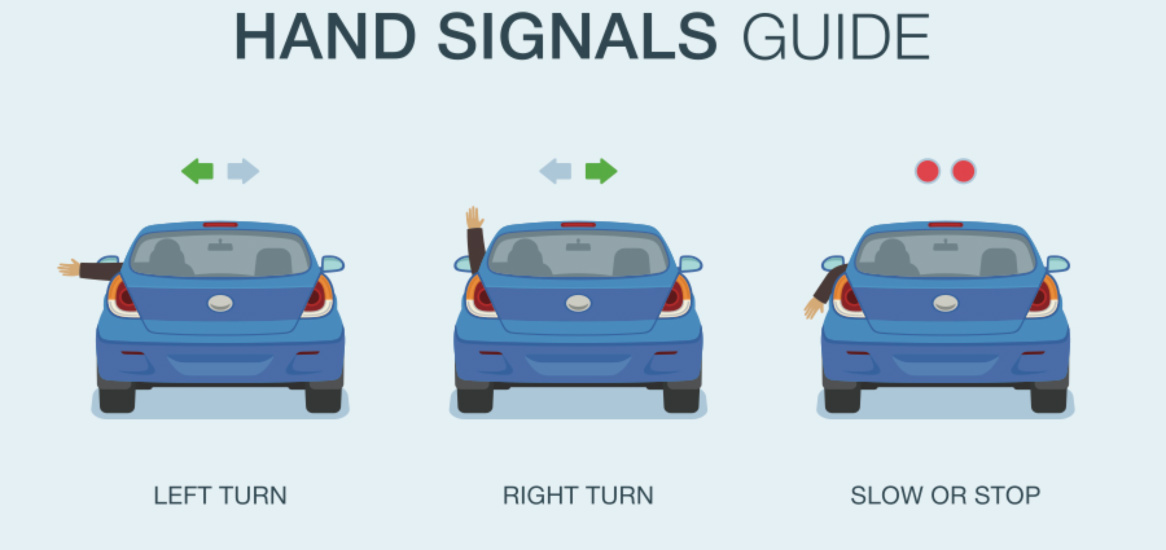
Top Hand Signals for Driving
There are three basic hand signals for a car to use when your signal lights are not working: turn left, turn right, and stop or slow down. Extend your left arm out to signal a left turn. Make an upwards right angle to signal a right turn. And make a downwards right angle to signal stop or slow-down. Ever since their invention in 1907.
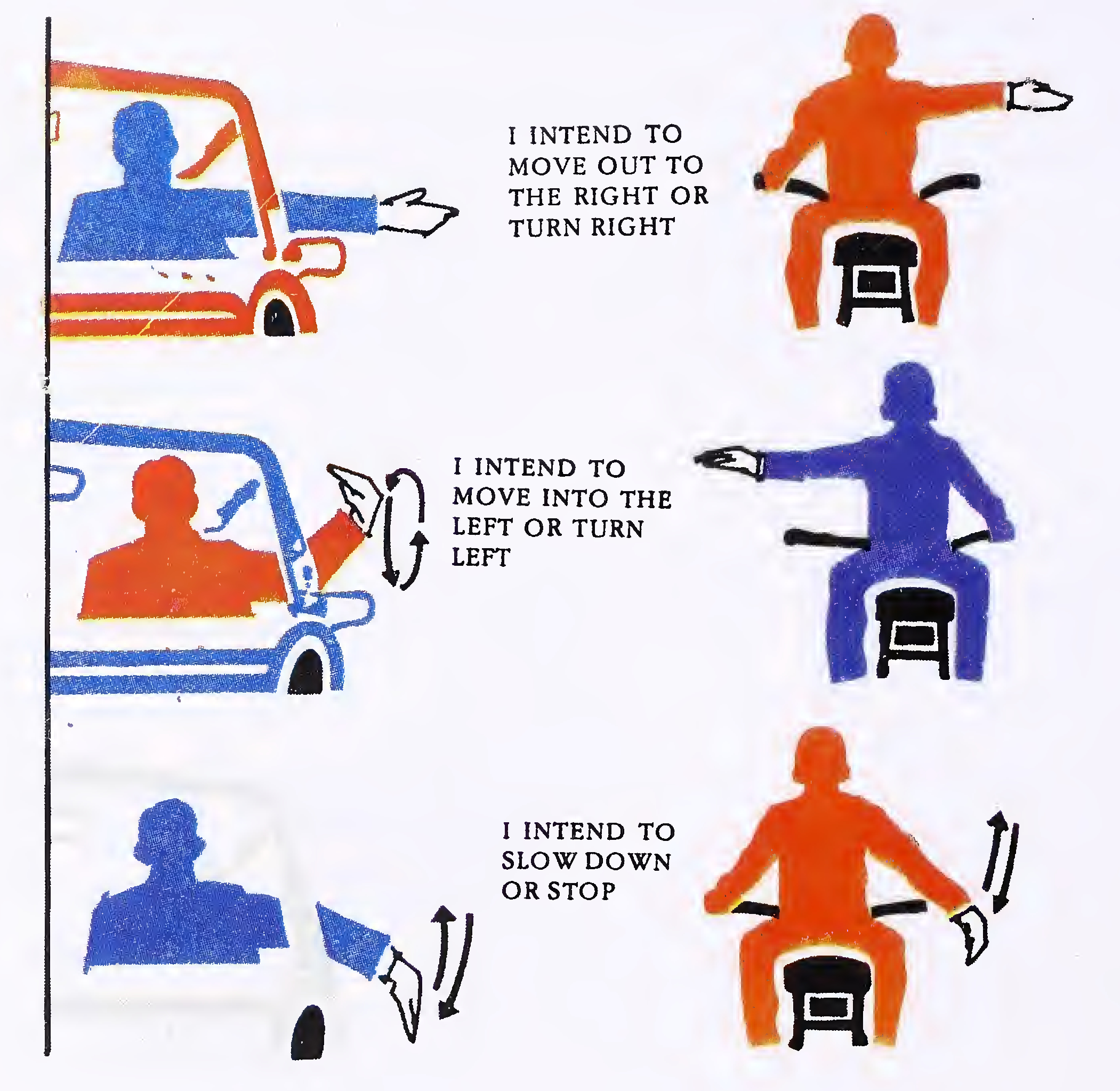
HIGHWAY SAFETY CODE
The Proper Hand Signals To Use While Driving Without Tail Lights. To be clear, the universal gesture wherein the middle finger is extended to "give the bird" is not considered a proper hand signal.

Hand Signals for Driving
Watch the video to learn your hand signals! Get your PASS YOUR ROAD TEST Checklist: https://www.smartdrivetest.com/pass-road-test-checklist SUBSCRIBE TODAY!.

Car Hand Signals Ireland Cars Ports
5 Hand Signals for Driving a Car. Source. 1. Right Turn Signal. When making the signa l, your hand should point up with the palm facing forward, and before that, the arm should rest nicely on the windowsill. Ensure that other drivers can see your hands from a comfortable position before you make the maneuver.
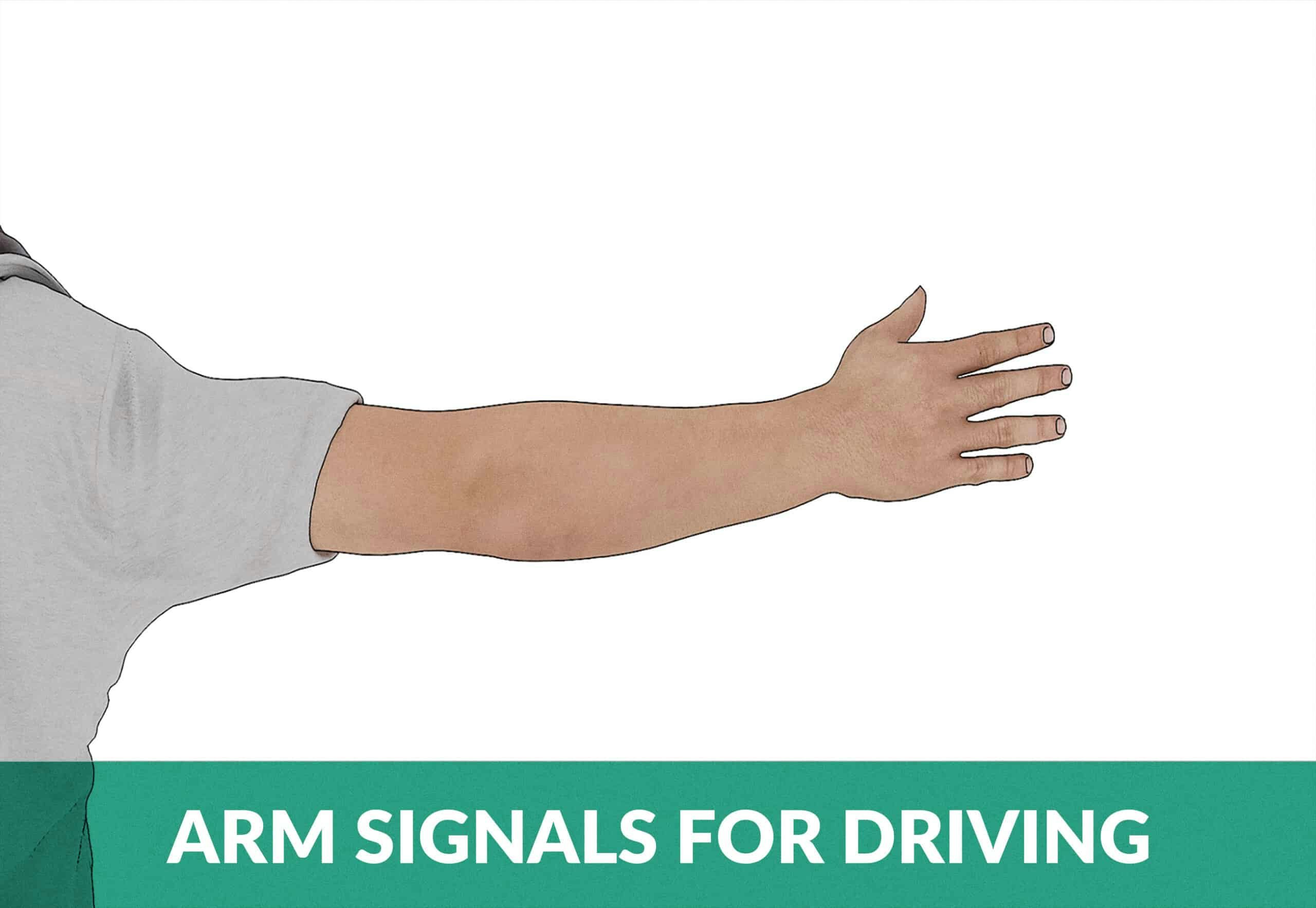
Arm Signals for Driving The Highway Code Hand Signals
Understanding hand signals is essential to keep yourself and others safe. There are 2 basic hand signals used in Australia: Slow down or stop - indicated by an arm bent upwards. Move right or turn to the right - indicated by a straight arm out the window. In this article, we'll go through when and how to use them if need be.

Hand Turn Signals Should You Ever Use Them? DriveSafe Online®
Driver hand signals are signs you can make with your hand and forearm out the side. You'll need to push your hand through the window of the driver's side to make them. Proper hand signals can only be made by the driver, though some people do ask passengers to signal out the other side in some situations. As a note, you can signal everything.
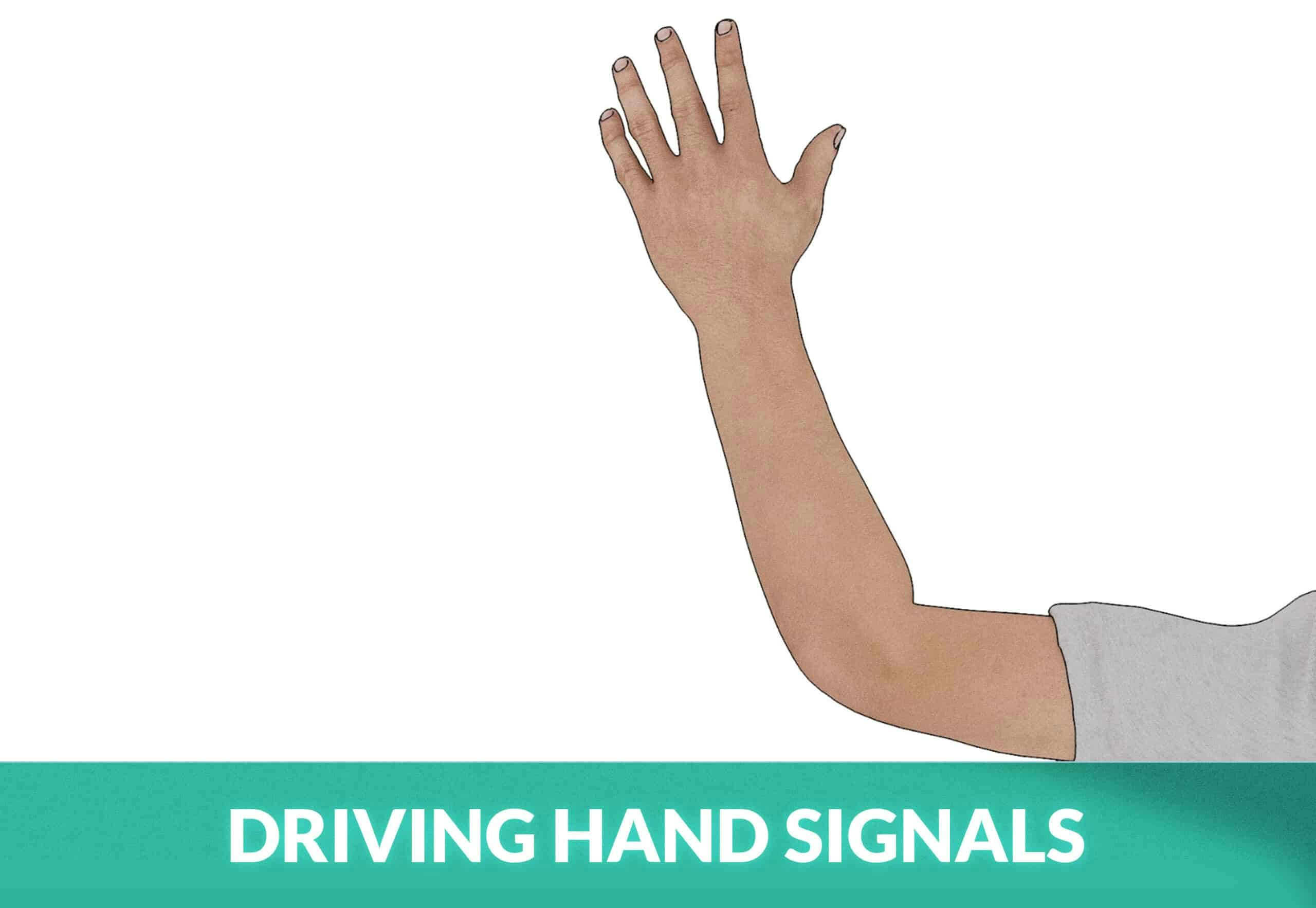
The 3 Hand Signals for Driving Explained Zutobi Drivers Ed
Attempting to lean over to the right window would impair your control of the vehicle and view of the road ahead. To signal a right turn, extend your left arm out of the left window and bend it at a 90-degree angle with the hand pointing upwards. The signal should appear "L" shaped when viewed by the drivers behind you.

Progress is fine, but it's gone on for too long. Thoughtful gestures
Hand signals for driving have a history that dates back to before cars had built-in blinkers, and they are still legally required in the United States if a motorist does not have functioning signal lights. Proper hand signal technique involves using obvious arm movements, signaling 100 to 200 feet before turning or changing lanes, prioritizing.

How to Make Hand Signals for Driving
Extend your left arm out the driver's window and point your arm down with your fingers extended and your palm facing rearward. This is the universally accepted sign that you're decelerating, and.

What are the hand signals for driving? — explained REREV
Extend your left arm out of the driver's window and angle it 90 degrees so the hand is pointing downward and the elbow is bent at a right angle. Palm should be pointed behind you. Photo: The.
